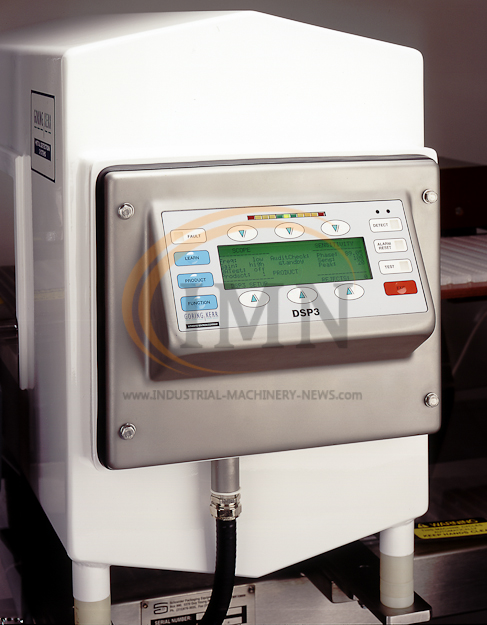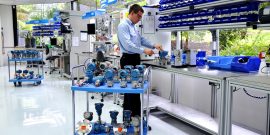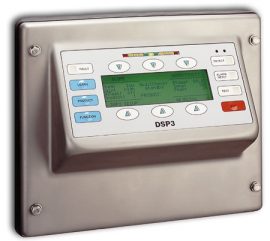Virtually all food plants utilize a metal detector to inspect for metal contamination. Metal detectors are installed throughout the food processing plant in places where there are sources of contamination or to reduce costs of production.
Conveyor metal detector testing
The most common is a conveyor metal detector typically located at the end of the production line. Although a good place to capture metal fragments just prior to them leaving your building it is not the best location for detecting. By the time your product, bread, gum, meat or any other product gets to the end of the line you have incurred all the costs for making this product. With a metal detector here you will through away all that money in a rejected product.
Having metal detectors installed prior to the end of the line will help you save money. You will reject smaller amounts of product such as powders that would flow through a Goring Kerr 402 gravity feed system. As well reduce the operational costs of preparing these ingredients.
7 tips you need to know when testing a food metal detector
- Make sure the metal test sample passes through the metal detector with the food
- Place the metal contaminate in such a way that it passes through the center of the aperture
- Let the test package reject completely
- Test 10 times as quickly as possible
- Make sure 100% of the test packages reject correctly.
- Test every time you change the product type
- Repeat every shift

Having the proper testing procedure will go a long way in protecting your operation. Following the Goring Kerr manual for the correct installation and operational setup will help to ensure peak performance. All metal detection systems operate in the same basic method. Make sure you test yours frequently to protect your customers and operation.






